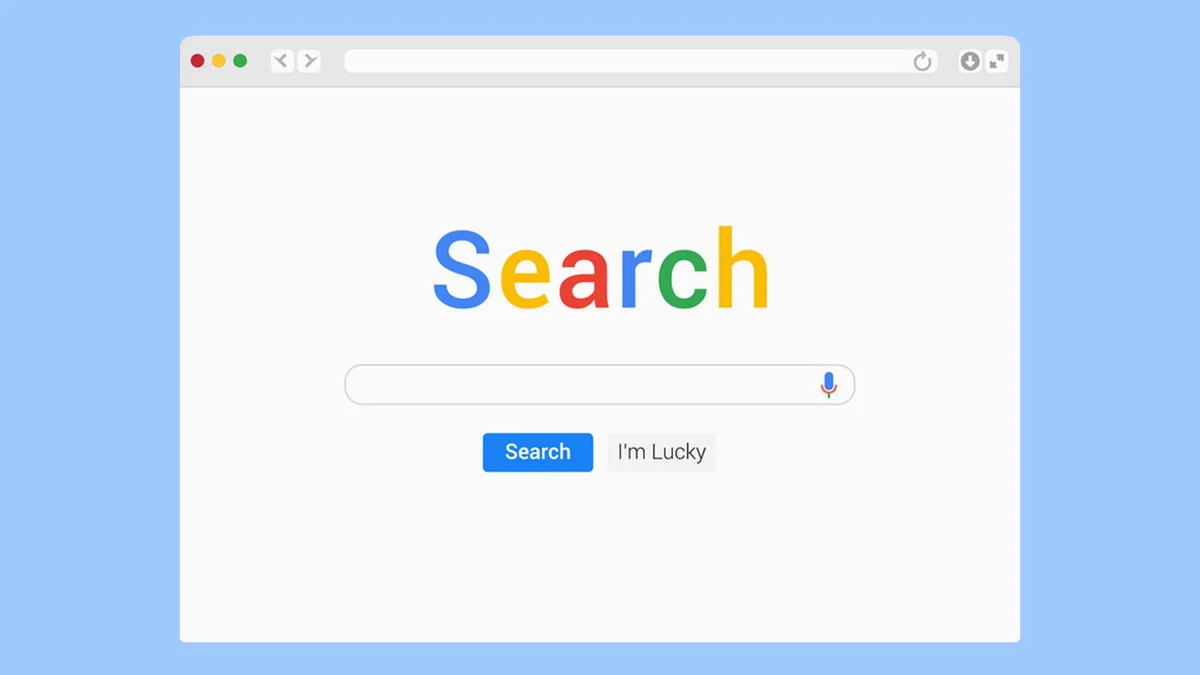Quick Guide to Speed up Your Website for Better Performance Optimization
If you think your website performance isn’t a ‘BIG’ thing to worry about – then you might want to think again! Your website is a doorway for your customers. So, when it comes to performance – website speed plays a crucial role. It helps form a visitor’s first impression and ultimately leads to business success.
Today’s fickle-minded millennial consumers hate waiting, as the time they have is limited. And if the website doesn’t load in about three seconds, visitors will likely leave and not visit again.
It’s important for branding companies to keep in mind – A few seconds of delay could impact your overall business success, brand image, and conversion.
A website design company can help optimize your site for speed, reduce bounce rate, and increase visitor engagement. By enhancing user experience, website design, and other quick solutions, you can easily improve your page loading speed and boost your search engine rankings.
So, all the designers or creative agencies out there – if you are looking for to speed up your website performance – this article is for you.
Let’s get started!
What is website speed and why is it so crucial?
Have you ever been on a website that takes forever to load? Did you visit that same site again? Probably not!
Website speed refers to how quickly content and fully functional web pages load when visitors visit your site. Slow site speed results in poor SEO rankings, negative user experiences, higher bounce rates, and lower site traffic.
So, why is site speed so important?
Website speed makes the first impression of your brand. Given the reduced attention span of users, it is imperative to monitor loading speed to improve the website performance and ensure desired user experience. Multiple pieces of research have shown that over 50% of users expect the website to load within three seconds. And if it’s an e-commerce website, that’s even less; the website should load in less than two seconds!
Site speed affects conversion, bounce rate increases with every increase in the second it takes to load your site. Website speed is not just a metric; it’s a crucial parameter for your website’s success. The following details explain why site optimization is essential –
- For impressive user experience – Website speed plays a decisive role in how consumers perceive a brand. A faster site is considered more professional and reliable and meets user requirements.
- Better SEO rankings – Speed is one of the reasons which affects the positive or negative ranking factor. A better-optimized site makes it relevant, ranking it higher on search engines and thus increasing organic traffic.
- Helps in converting visitors – Slow rendering and buffering issues annoy the visitor, making them less likely to revisit the site. A fast-loading site delivers a long-lasting impression on visitors and ensures a good browsing experience, thus enabling them to finish interactions for what they have come for – purchase a product, pay bills, get information, read an article, etc.
Reasons Your Website May be Slow
· There may be multiple reasons that could be slowing down your website load rate –
· Heavy fonts take time to load. For example – Open Sans takes a lot of time to load, whereas Arial loads very fast.
· Cumbersome use of design elements, on-page advertisements, and pop-ups.
· Complicated coding, for example – bulky code, unused codes with unnecessary spaces, commas, comments, and formatting.
· Too many products to display, and images take forever to load.
· Incompatible with browsers and different platforms,
· Use of external media, cheap hosting third party server to host your content, or cluttering of too many visuals.
Some points to implement while designing website for website optimization:
1. Avoid heavy media images or visuals
Heavy images, graphics, visuals, or media files can slow down your website, thus causing visitors to lose interest and leave. Designers must resize the images to reduce buffering time. Also, unnecessary clutter of visuals not only makes the site heavy but also puts off the visitors as the site takes forever to load –discouraging them from browsing further.
2. Use Content Delivery Network (CDN)
When only one server has all your website’s data, the load times will suffer when multiple users try to access your site. To overcome this, website designers are using Content Delivery Network or CDN. In CDN, multiple replications of your site or content are saved on multiple servers across the globe. When a user visits your website, CDN chooses the server closest to the user’s physical location, thereby decreasing the website load time. CDNs are extremely popular; they carry over 70% of internet data.
3. Make use of Caching
Caching should be used for repeat visitors when there is content on your website like logos, images, stylesheets, or files that don’t frequently change. In caching, the user’s machine or hardware stores copies of some parts of your website. When the user visits your site again, the web browser pre-loads some of the content, thus speeding up website loading. Most CMS offer cache; however, if your CMS doesn’t offer cache, then use cache plugins for better performance.
4. Minify JavaScript and CSS files
Almost all the websites on the internet use JavaScript to create a dynamic and interactive website. Each JavaScript or CSS file corresponds to one HTTPS request. More the number of JavaScript or CSS files, the more data that needs to be downloaded, increasing the loading time of your site. Your aim should be to remove unwanted white space characters or line breaks. Keep an eye out and remove those extra comments and extra semicolons. If there are any unused functions and variables, remove them. These practices will reduce file sizes and, therefore, the website’s load time. You can either do these changes manually or use a minification tool.
5. Check your DNS Speed
Domain Name System or DNS helps resolve the URL that your users type into the IP address of the web server. Your site will load slowly if it takes longer for your DNS provider to respond. Longer the wait, the slower the site. There are online tools available to check the response time of your DNS. Ideal fetch time is 10-20ms, anything above 30ms, and you should be looking for a new DNS provider. To select a new DNS provider, use free online tools to determine your DNS provider’s rank.
6. Asynchronous loading
There are two types of file loading, synchronous and asynchronous. In Synchronous loading, all the elements on the file are loaded as they appear on the page sequentially. However, if any elements take time to load, it delays the complete page loading. In asynchronous loading, the elements are loaded out of sequence. Other parts are displayed when a few details take time, thereby reducing the overall loading time.
7. Proper use of Fonts
A seemingly simple design feature can impact your site load times. Typography is a hugely popular design trend. Designers use different, unique, bold typography to stand out from the crowd and add more character to the website. However, this can negatively affect your website. Avoid using multiple fonts and use fonts that are optimized for speed. Open Sans font was found with the lowest load time in a study.
8. Plugins
Plugins or add-ons, or extensions are great for adding additional functionality and life to your website. WordPress websites often have multiple plugins. However, it comes at a price, loading time. Some plugins load assets or perform queries, thereby increasing load time. With plugins, the rule is simple, use the latest and fastest version of plugins.
9. Focus on Google Analytics Optimization
Google Analytics optimization is an excellent way to track your website performance and improve pages that put the visitor off. An essential tool – it deep dives into your site to study your site performance by monitoring the individual page speed, thus enabling you to rectify any situation slowing the site.
10. Avoid multiple redirects
Site architecture can also have a significant impact on site speed. One of the most common causes of slow website speed is the number of redirections your site has. Even if you are redirecting a visitor to another URL just to load a small amount of additional content – it can quickly increase your rendering time.
Conclusion
The above discussion clearly indicates how website speed is vital for any business. Therefore, any website design company needs to emphasize page optimization and do a speed test before launching the website. You need to know how fast it loads on all browsers and all platforms – primarily on mobile devices.
For today’s consumers’ flexibility, easy access, quality, and speed matter. Website design can make a huge difference – so it is essential for every designer to carefully choose the layout and focus on user experience design aesthetics. A smooth-running website and good speed will ensure rank on Google and an enjoyable browsing experience for your visitors.
Author Bio:
Brijesh Jakharia co-founded SPINX Digital in 2005 and takes great pride in crafting web and mobile marketing solutions for mid-market businesses to enterprises. Marketing is his passion, and the thrill to build a brand from the ground up has helped him craft successful brand stories for world-class clients. While not at work, he loves to spend his time on research and reading digital content stories.




